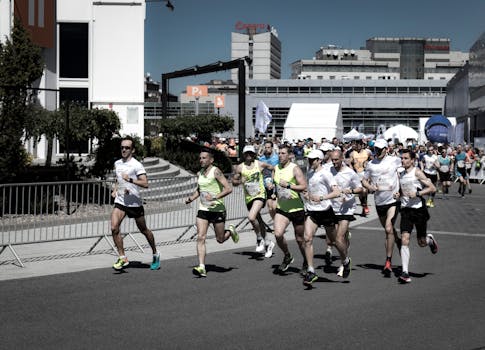
What is the 80/20 Running Method?
The 80/20 Running Method is an approach to running that emphasizes spending 80% of your training time at low intensity and only 20% at high intensity. Developed by Matt Fitzgerald, this method is gaining popularity among both amateur and elite runners for its simplicity and effectiveness.
Why Try 80/20 Running?
- Reduced Injury Risk: By training mostly at an easy pace, you reduce the risk of overuse injuries.
- Improved Endurance: Low-intensity running allows you to train more frequently and for longer durations, building aerobic capacity.
- Avoid Burnout: Keeping hard sessions limited prevents mental and physical fatigue.
How to Get Started
- Determine Your Paces: Find your thresholds for easy and hard running, using a recent race, heart rate zones, or perceived effort.
- Plan Your Training: Out of your weekly total running time or distance, allocate 80% to easy runs and 20% to higher intensity workouts such as intervals, tempo runs, or hill sprints.
- Track Your Progress: Use a running app or GPS watch to monitor how much time you spend in each intensity zone.
My Experience Trying 80/20 Running
I decided to give the 80/20 Running Method a try for a month. At first, it felt strange to run so slowly on most days, but after a couple of weeks, I noticed several positive changes:
- I recovered faster between runs.
- My easy runs felt genuinely easy, and I looked forward to them.
- My hard workout days became more productive because I was better rested.
- I saw gradual improvement in my overall running performance.
Conclusion
The 80/20 Running Method is an accessible and science-backed approach that can benefit runners of all levels. If you feel stuck in your training or want to reduce your risk of injury while still improving, consider giving the 80/20 principle a try.
Comments
Post a Comment